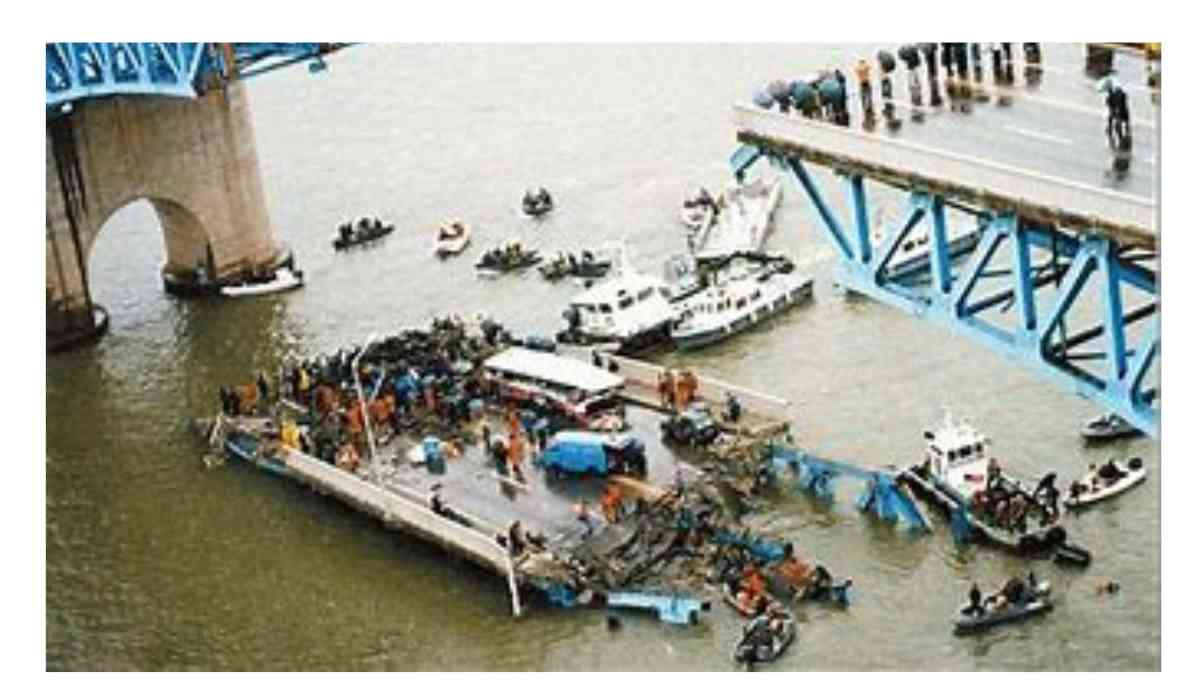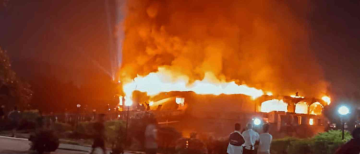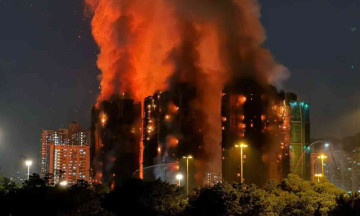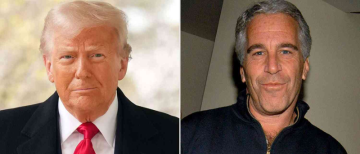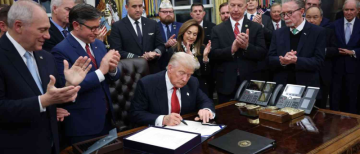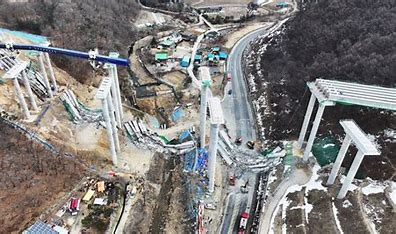
ALSO READ: The Rare ‘Doomsday Fish’ Washes Ashore in Mexico, Stirring Superstitions
A Catastrophe That Provokes Inquiry
On February 25, 2025, a tragic incident occurred when a partially built highway overpass in Cheonan, South Korea, collapsed, resulting in the deaths of three individuals and injuring five others. This calamity has sparked renewed discussions regarding construction safety, the integrity of infrastructure, and the need for accountability within the nation. What factors contributed to this disaster? Was it a failure in engineering, a hurried construction process, or a more profound systemic flaw? Most crucially, what reforms are necessary to avert similar incidents in the future?
The Collapse: Current Insights
The overpass, still in the construction phase, collapsed in the early morning hours, causing large steel components to fall onto the workers below. Authorities are investigating potential structural deficiencies or installation errors as possible causes, but inquiries are still underway.
Emergency services responded swiftly, rescuing survivors from the debris and commencing the difficult process of recovering the victims. Among the five injured, four are in critical condition, underscoring the gravity of this disaster.
What Led to This Incident? Analyzing the Contributing Factors
Several significant issues may have led to the failure:
1. Structural Deficiencies: Was there a flaw in the bridge’s design, or did substandard materials undermine its strength?
2. Human Mistakes: Errors during construction, incorrect load calculations, or hasty work could have been contributing factors.
3. Regulatory Lapses: Given South Korea's history of infrastructure failures, have adequate measures been implemented to enhance safety standards?
4. Oversight Failures: Were there indications of trouble that went unheeded? Were safety inspections carried out thoroughly?
This event echoes past tragedies, such as the Seongsu Bridge collapse in 1994, which resulted in 32 fatalities and revealed critical shortcomings in construction practices of that era.
The Human Cost: Workers Face Devastating Consequences
For those on the construction site, this incident transcended a mere project failure—it became a life-changing disaster. Many workers were engaged in ordinary tasks when the structure unexpectedly collapsed, leaving them with no opportunity to respond. One survivor, recounting the experience from the hospital, likened it to “an earthquake” as the bridge fell apart around them. The families of the deceased are now seeking answers and justice for their loved ones.
Who is Responsible? Accountability and Investigations
The South Korean government has committed to a comprehensive investigation into the collapse, with experts examining whether safety protocols were adhered to. Critical questions linger:
• Did engineers and construction companies compromise on safety?
• Were inspections conducted thoroughly, or was there negligence?
• Could more stringent safety regulations have averted this tragedy?
Authorities have already suspended similar construction projects across the country for urgent safety evaluations, indicating that this incident may reflect a broader issue.
What Lies Ahead? The Urgent Call for Enhanced Infrastructure Safety
This event highlights the critical need for stringent safety protocols. To avert future disasters:
1. Enhanced Safety Regulations: Inspections should be conducted more regularly and comprehensively.
2. Builder Accountability: Companies that exhibit negligence must be held responsible. 3. Public Engagement: Citizens need to advocate for improved infrastructure safety from their leaders.
A Crucial Moment for Construction Safety
The collapse of the Cheonan bridge is not merely a tragic event; it serves as a crucial alert that cannot be overlooked. As South Korea grieves the loss of lives, the emphasis now turns to preventing such incidents from occurring again. The pressing question remains—will this tragedy inspire meaningful reform, or will we see history repeat itself?
With inputs from agencies
Image Source: Multiple agencies
*The views expressed are personal to the author and do not reflect the platform's opinion of the same.
© Copyright 2024. All Rights Reserved Powered by Vygr Media.
Author's profile:
Arhan Ali is a sharp observer of economic and political currents, known for blending keen analysis with a dash of wit. Whether dissecting global trade wars or taking a playful jab at social absurdities, his writing strikes the perfect balance between intellect and irreverence.

